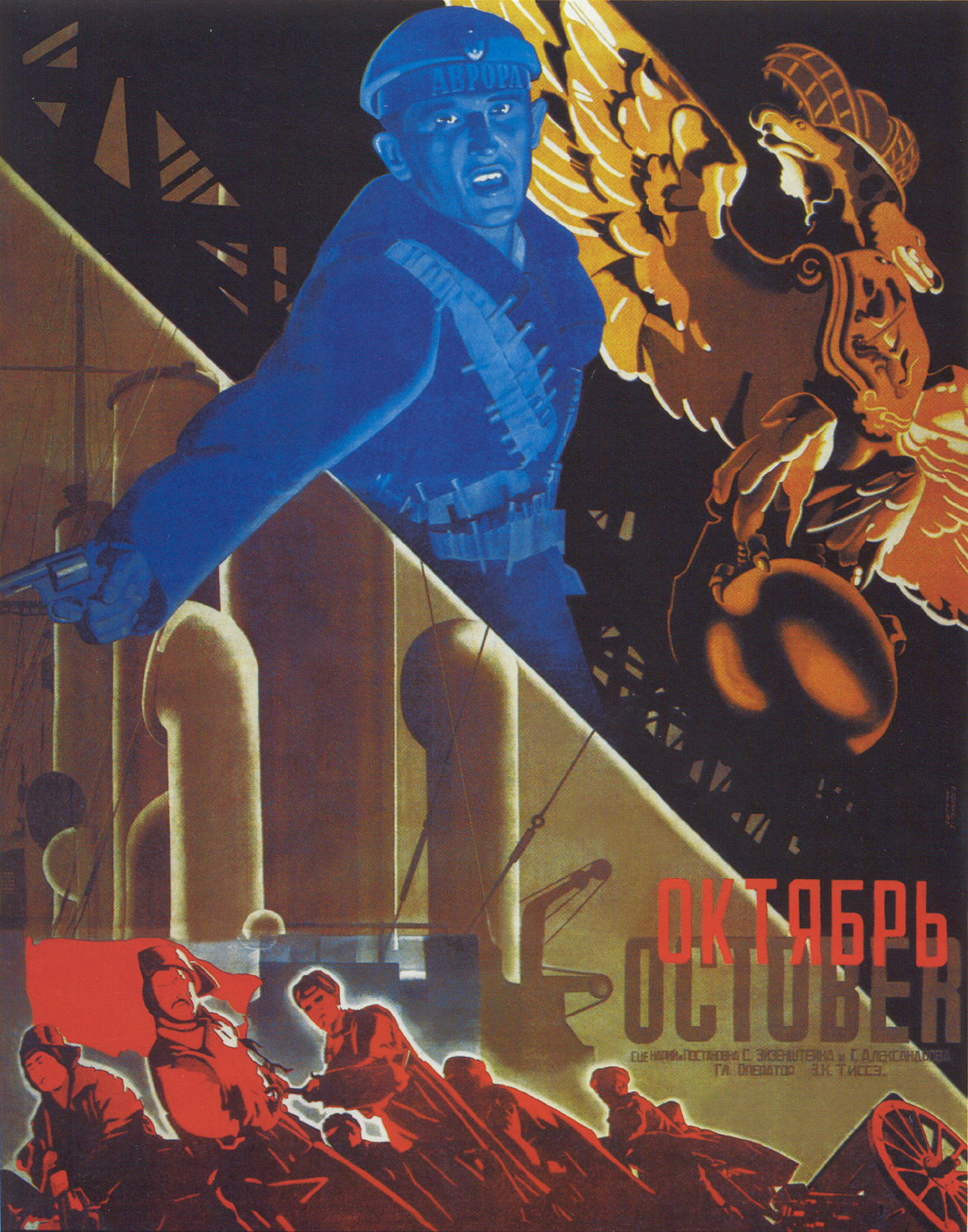 |
| Soviet troops at Stalingrad. Bundesarchiv. |
The challenge of the 1930s
In the early 1930s, Stalin had no constructive or consistent foreign policy: he simply wanted the USSR to survive. Yet increasingly the the Soviet Union perceived itself to be surrounded by hostile powers. In 1931 Japan established a puppet state in Manchuria. In 1933 the Hitler government banned the German Communist Party. In 1934, on the advice of Maxim Litvinov, his pragmatic Commissar for Foreign Affairs, the Soviet Union ended its isolation and joined the League of Nations. Fear of Nazi Germany and Stalin's past as a revolutionary led him to give aid to the the Republican government during the Spanish Civil War. The USSR sent instructors and military advisors, and Russian tanks and planes played a part in the Republican attack on Madrid in the winter of 1936-7. However, the Republican defeat in 1939 owed much to Stalin's obstructionist tactics towards other left-wing groups fighting in Spain. (This is described in George Orwell's Homage to Catalonia.)
The alliance with Germany
The USSR was excluded from the Munich Agreement of September 1938, and the capitulation of Britain and France to Hitler's demand for the Sudetenland led Stalin to doubt whether Britain and France would ever stand up to Germany. After the German invasion of Prague in March 1939, he came to the conclusion that war was inevitable. In May he dismissed Litvinov and replaced him with the hardline Vyacheslav Molotov, opening the door to a more flexible policy towards Germany. Soviet options were limited: either an agreement with Hitler or an agreement with the western allies, France and Britain. Yet Franco-British diplomacy was sluggish and it was not clear they were interested in a deal. | ||
| Molotov: a new foreign minister for a new policy. Dutch National Archives, The Hague. Fotocollectie Algemeen Nederlands Persbureau. Public domain. |
On 23 August 1939 Molotov and Ribbentrop signed the infamous Nazi-Soviet Non-Aggression Pact. The secret protocol to the treaty proposed the partition of Poland, and Russia to include Finland, Latvia and Estonia in the Soviet sphere of influence. On 17 September Red Army troops crossed into Poland from the east and moved south to the frontier with Romania and Hungary. Poland was thus sealed off on all sides.
On 28 September the German-Soviet Treaty of Friendship redrew the demarcation lines, now putting eastern Poland and Lithuania into the Soviet sphere, while a slice of central Poland went to Germany. As a result, the Soviet Union gained more than 10 million people.
Stalinism comes to eastern Europe
The NKVD accompanied the Soviet army, and thousands of Polish officers were rounded up and sent to labour camps. In the areas they invaded, the Soviets went through a show of democratic procedure, convoking assemblies to decide the future of these territories. Following rigged elections, provisional governments were set up and the inhabitants were subjected to the full force of the Stalinist terror. By the summer of 1941 between one and two million people had been deported.In 1940 Estonia, Latvia and Lithuania became Soviet Republics.












